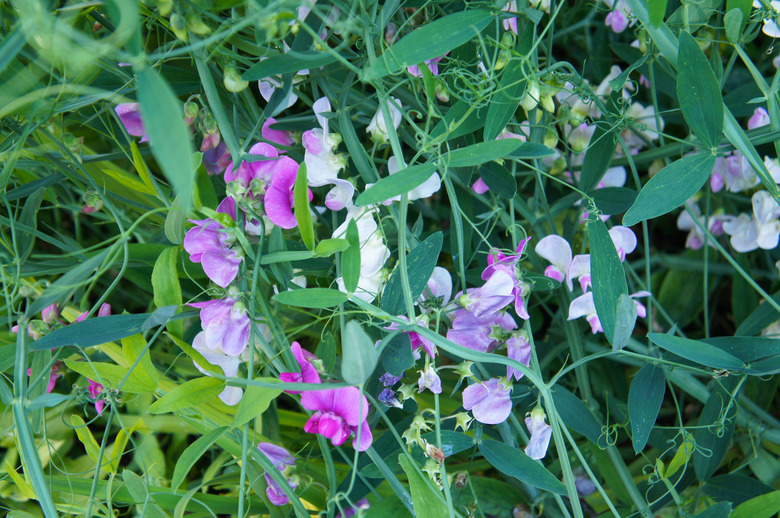Role Of Photosynthesis In Nature
The biochemical process of photosynthesis uses energy from sunlight to convert water and carbon dioxide into oxygen and carbohydrates. Carbohydrates are used as building blocks within plants for tissue growth. Thus, photosynthesis is the way that plants grow roots, stems, leaves, flowers and fruits. Without the process of photosynthesis, plants would not be able to grow or reproduce.
Producers
Producers
Because of their photosynthetic ability, plants are known as producers and are the base of nearly every food chain on Earth. (Algae are the equivalent of plants in aquatic systems). All of the energy that we eat comes from organisms that are photosynthetics, whether we eat these plants directly or whether we eat something that itself eats these plants, such as cows or pigs.
Base of Food Chain
Base of Food Chain
Within aquatic systems, plants and algae also form the base of the food chain. Algae serve as food for invertebrates which, in turn, serve as food for larger and larger organisms. Without photosynthesis in the aquatic environment, life would not be possible there.
Carbon Dioxide Removal
Carbon Dioxide Removal
Photosynthesis converts carbon dioxide into oxygen. During photosynthesis, carbon dioxide leaves the atmosphere and enters the plant and leaves as oxygen. In today's world, where carbon dioxide levels are increasing at unprecedented rates, any process that removes excess carbon dioxide from the atmosphere is ecologically and environmentally important in nature. In fact, microalgae are being examined as a potential source of carbon dioxide removal in industries that release high amounts.
Nutrient Incorporation
Nutrient Incorporation
Plants incorporate nutrients into their tissues via phhotosynthesis. Thus, plants and other photosynthetic organisms play vital roles in nutrient cycling. Nitrogen in the air is fixed in plant tissues and becomes available to create proteins. Micronutrients that are within soil matrices can also become incorporated into plant tissue and are available for herbivores farther up the food chain.
Photosynthetic Dependence
Photosynthetic Dependence
Photosynthesis depends on the intensity and quality of the light. On the equator, where sunlight is plentiful all year and water is not a limiting factor, plants have high growth rates and can get quite large. Photosynthesis within deeper parts of the ocean, conversely, is less common because light does not penetrate to these layers and are more barren as a result.
References
Cite This Article
MLA
Lehman, Christine. "Role Of Photosynthesis In Nature" sciencing.com, https://www.sciencing.com/role-photosynthesis-nature-5120447/. 22 November 2019.
APA
Lehman, Christine. (2019, November 22). Role Of Photosynthesis In Nature. sciencing.com. Retrieved from https://www.sciencing.com/role-photosynthesis-nature-5120447/
Chicago
Lehman, Christine. Role Of Photosynthesis In Nature last modified August 30, 2022. https://www.sciencing.com/role-photosynthesis-nature-5120447/
